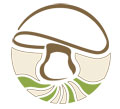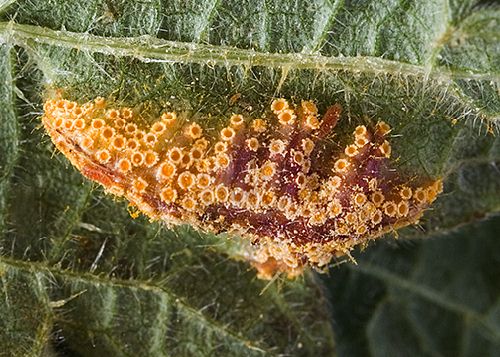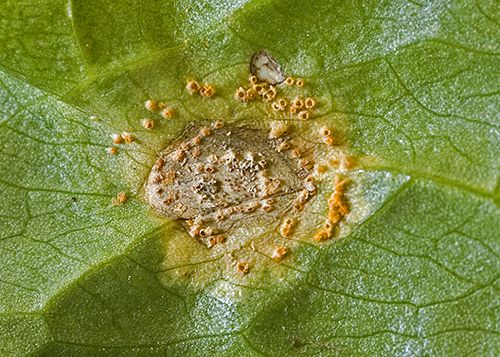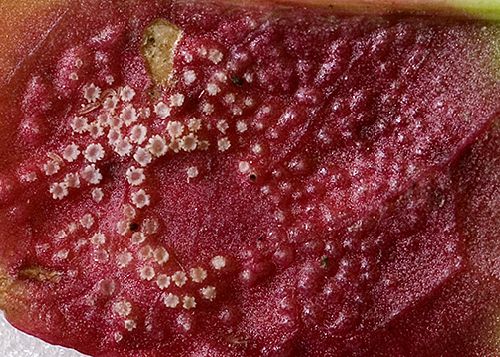Leaf spot workshop
Sat 7 May 2011
Field event ID HF1106
Report: When planning a workshop on “Leaf Spots”, we did not imagine how fortuitous it would be to be looking for fungi which did not care that the ground was in danger of turning into dust and the woodpiles to fire-lighters!
With the aid of an OPAL grant, Malcolm Storey has put together an impressive amount of educational material with the aim of encouraging people to start to look for and record fungi which infect living plants. He has yet to hit upon a sufficiently accurate yet concise title - “leaf spots” - not forgetting the flowers and stems, “infecting living plants” - but excluding the trunk, (and conventional mycorrhizal and saphrotrophic fungi, of course). The groups of interest cover rusts, smuts, downy and powdery mildews, not forgetting some hyphomycetes, coelomycetes, chytrids and ascomycetes, so there is no shortage of variety – even the pre-course literature was enough to make one of the attendees need to feel the urge to go lie down in a darkened room!
Malcolm's “eager” pupils gathered in the IBM Club House, complete with microscopes, the indispensable “Ellis and Ellis“ and plant identification guides.
After Malcolm had given a couple of general talks on what to look out for and which literature we might find most useful, the class ventured out into the shrubbery to look for “spots on leaves etc”.
It soon became clear that we really did need to be careful to avoid blemishes caused by insects, mechanical damage and old age. In fact the “prettiest” blemish was the bright scarlet gall formed by Aceria fagineus on the underside of copper beech leaves. However, we soon came across more promising-looking spots on, among others, bluebell, dock and wild arum, lesser celandine, cowslip, and sedge.
After lunch, we got down to the job of identification. It was at this point the requirement for a good plant guide became obvious - in many cases, particularly with the rusts, individual plant species are only attacked by a few (often a single) species (which is just as well as the observable uredospores and aeciospores are all pretty similar :-(, so “name the fungus” became “name the plant”.
The “easier” species included Puccinia phragmitis on Dock, P. Sessilis on Wild Arum (both with cluster cups), Uromyces muscari on Bluebell and Kuehneola uredinis on Blackberry. Malcolm's collections were more select; Milesina whitei on Soft Shieldfern, M. scolopendri on Hart’s Tongue, Ramularia scolopendri on Hart’s Tongue, which was last recorded in 1968 and has only 4 UK records, (but that may well be because nobody’s looked :-), Entyloma ranunculi-repentis on Goldliocks and Sawadaea bicornis on Acer negundo.
Species list: Entyloma ranunculi-repentis, Kuehneola uredinis, Milesina scolopendrii, Milesina whitei, Puccinia phragmitis, Puccinia sessilis, Puccinia urticata var. urticata, Ramularia scolopendrii, Sawadaea bicornis, Uromyces muscari



